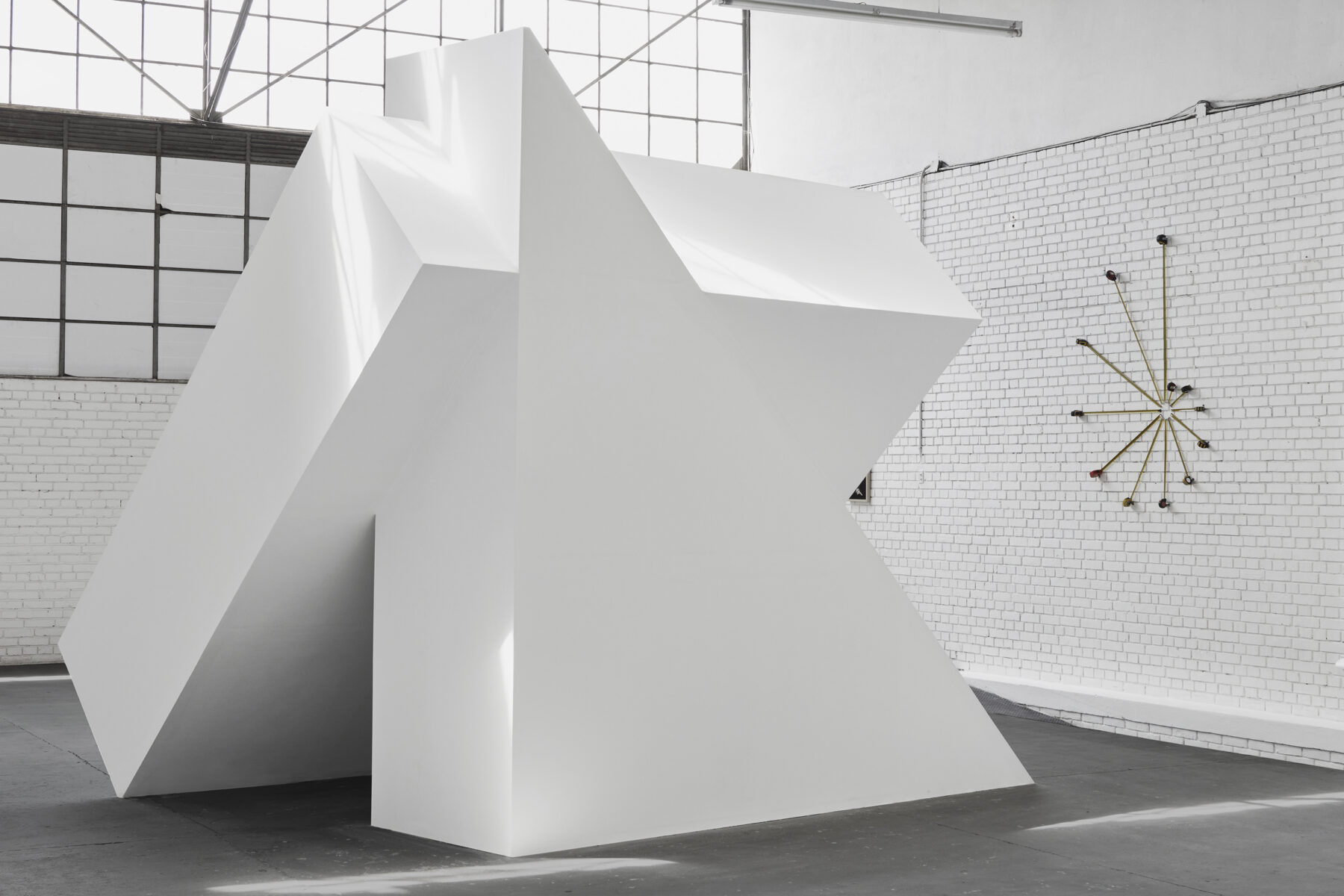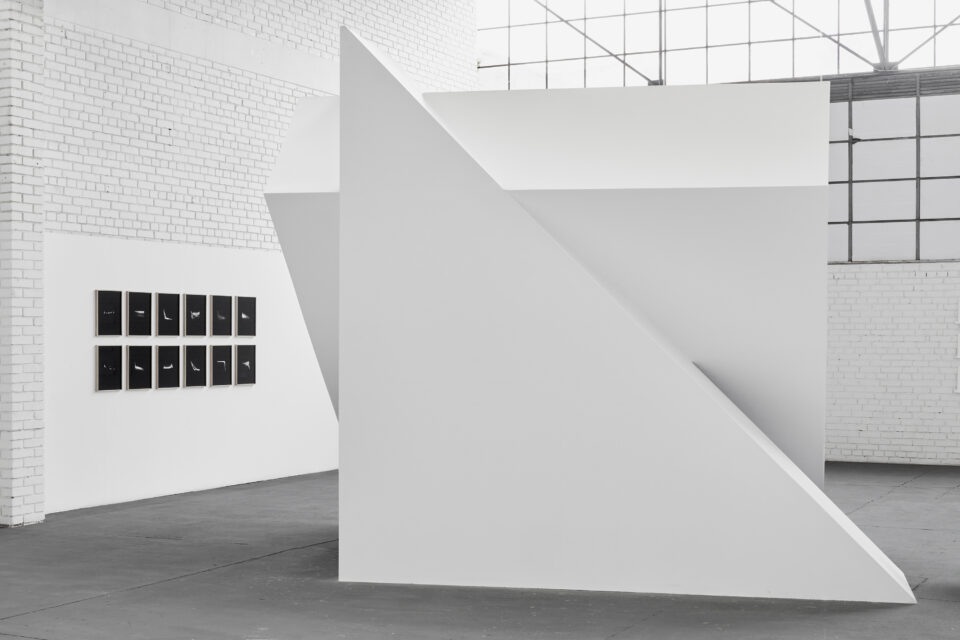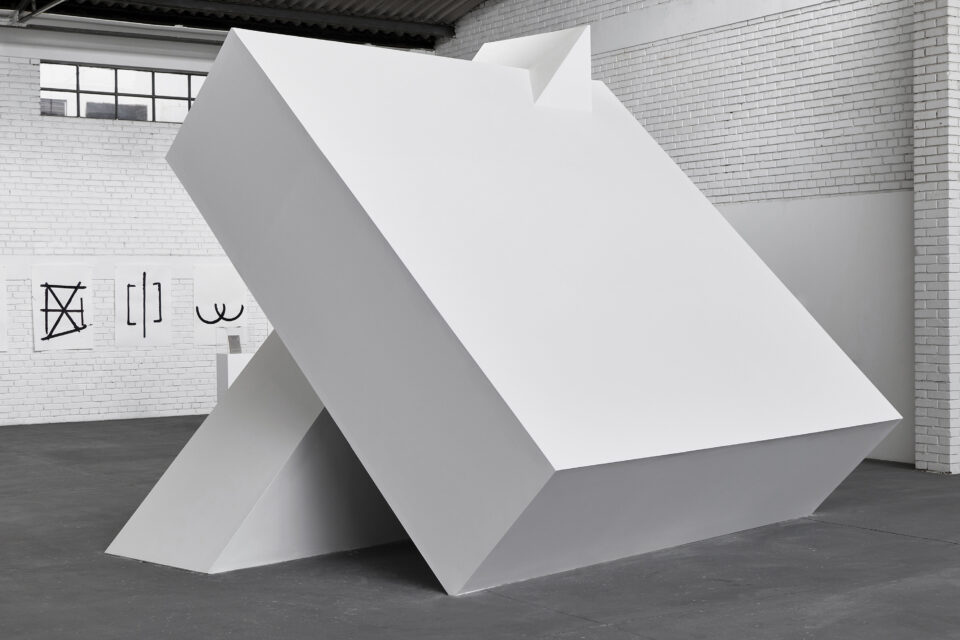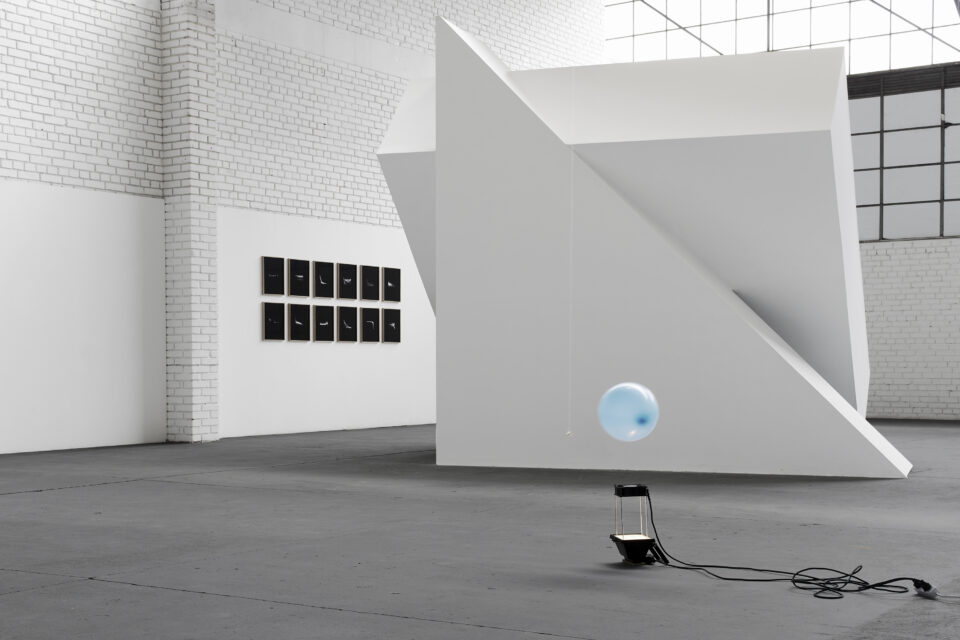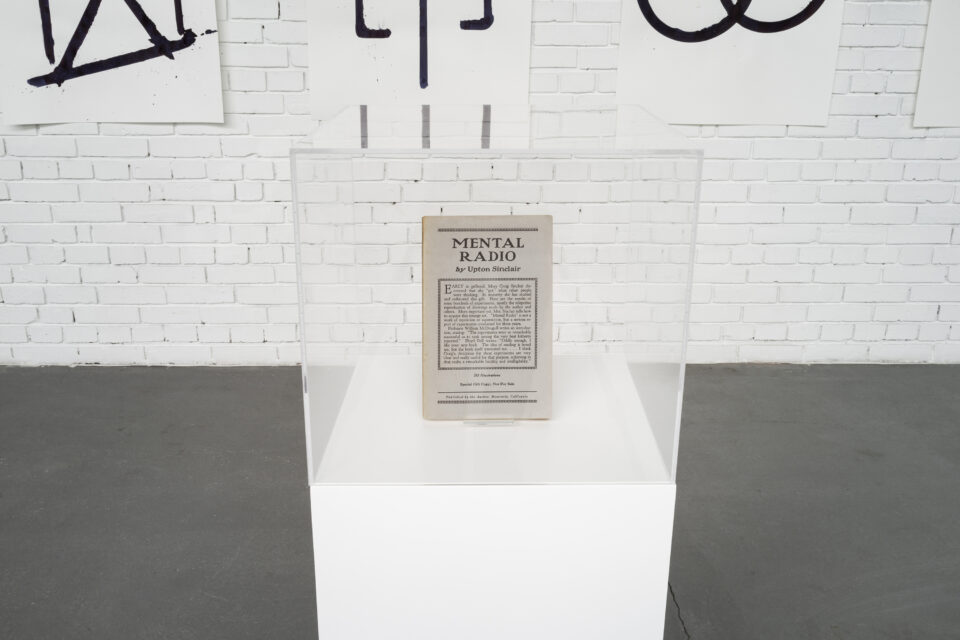Celeste
Visionaries in the realms of art and beyond have emphatically asserted the need for significant revisions and updates to the prevailing interpretations of time and space. Over more than a century, the insights of these forward-thinking individuals have primarily highlighted the multitude of instances in reality that lie beyond linear or simplistic readings.
Among these visionaries, Latin American artists such as Gyula Kosice and Xul Solar contemplated the vast expanses in which humanity could unfold, recognizing its innate status as residents of the cosmos. From these contemplations emerged Gyula Kosice’s hydro-space cities and Xul Solar’s integration of multiple perspectives and universes. Similar to other pioneers, these artists understood that the concept of the horizon needed radical reconsideration, a notion also evident in proposals like Joaquín Torres García’s inversion of the north-south convention.
Exploration of the oceans also significantly expanded the abstraction of the horizon, allowing human exploration of the Earth’s roundness and introducing novelties to our tempo-spatial experience. Subsequently, the adventure of flight progressively added new perspectives to the horizon captured from increasingly remote cosmic spaces. Thus, the horizon’s distance, symbolizing the supposed separation between above and below, has contained an increasing wealth of information, even if not widely acknowledged. What is observed on the horizon is more of a concept than a mere landscape.
Interestingly, the fusion of multiple and abstract perspectives supporting the distant horizon leans more toward an above quality than a below one. For certain purposes, the below is interpreted more expansively from the above.
The functioning of earthly operations has become significantly reliant on the information emitted by the hundreds of satellites orbiting the planet, simultaneously highlighting the scale at which the ecological problem, still uncontrolled on Earth, is projected. While the idea of the linear continuity of time persists and serves various purposes, in many ways, our realities contradict this notion. Advancements in quantum mechanics and computing herald an imminent shift for those unfamiliar with the significant complexities of simultaneity and not up to date with the tools processing this information at extraordinary speed.
These developments appear to overlook the fact that art can lead to similar understandings in its own sensitive and illuminating languages. This is why great artists envision reality as a rich multiplicity of very different versions of harmony, all linked in a symphonic conversation. The artists in this exhibition, beyond sharing a passion for science, culture, and history, are instrumental in the revival of great authors like Xul Solar, Hilma af Klint, Gyula Kosice, Ema Kunz, Pablo Picasso, Samuel Morse, Buckminster Fuller, or Víctor Grippo.
For the same reason, many of the imaginative expressions gathered in this space draw from the valuable interpretations left by foundational cultures. The depth and validity of their knowledge were grounded in a constant observation of the skies, guiding the wisdom that unveils the broad and profound understanding of their territories.
The lights illuminating the works of the artists in Celeste awaken, akin to the masters they have admired and studied, not a fear of collapse but a fascination with the indescribable creative possibilities that multiplicity, simultaneity, uncertainty, and complexity bring forth.
Maria A Iovino M.
